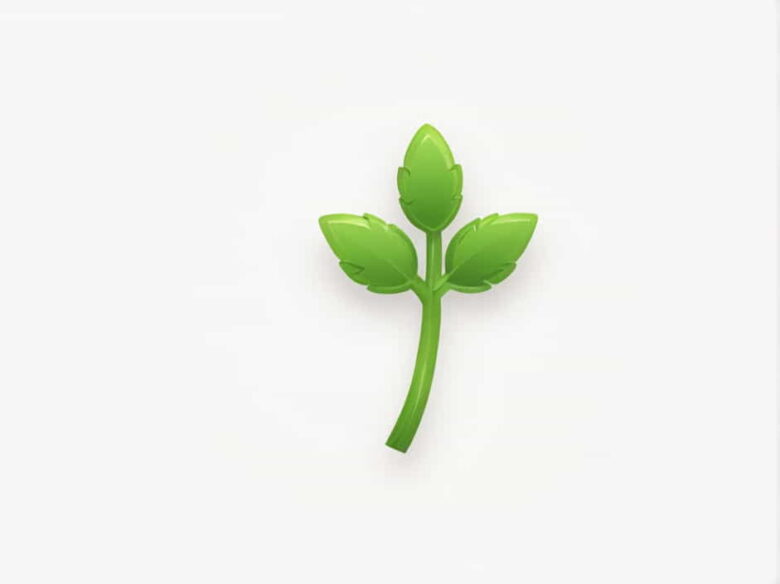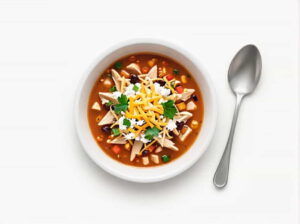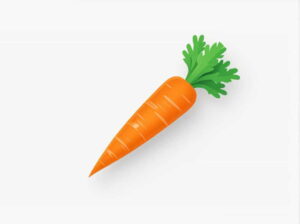Thyme is one of the most commonly used herbs in cooking, known for its earthy and slightly minty flavor. It enhances a variety of dishes, from soups and stews to roasted meats and vegetables. Many recipes call for a sprig of thyme, but what exactly does that mean? How much thyme is in a sprig, and how can you substitute it with dried thyme or thyme leaves?
This content will explain what a sprig of thyme is, how much it typically contains, and how to measure or substitute it in your recipes.
What Is a Sprig of Thyme?
A sprig of thyme refers to a small stem of the thyme plant, usually with multiple tiny leaves attached. In most cases, a sprig includes:
- A single stem that is about 4 to 5 inches long.
- Small green leaves growing along the stem.
- A tender or woody stem, depending on whether it is fresh or dried.
Thyme is commonly sold in small bunches, and a recipe calling for a sprig usually means taking one stem from the bunch.
How Much Thyme Is in a Sprig?
The amount of thyme in a sprig can vary depending on the plants size and leaf density. However, a general estimate is:
- One sprig of thyme contains about 1/4 to 1/2 teaspoon of leaves when removed from the stem.
- If finely chopped, this equals about 1/4 teaspoon of minced thyme.
For recipes that require a precise amount, knowing how to measure thyme correctly is important.
How to Remove Thyme Leaves from a Sprig
Fresh thyme leaves are small and delicate, but removing them from the stem is easy. Heres how:
- Hold the top of the sprig with one hand.
- Use your fingers or a knife to pull down along the stem in the opposite direction of leaf growth.
- The leaves should easily separate, leaving behind a bare stem.
- Discard the stem and use the leaves in your dish.
For recipes where thyme is simmered in soups or sauces, the whole sprig (including the stem) is often added. The leaves fall off during cooking, and the stem is removed before serving.
How to Substitute a Sprig of Thyme
If you dont have fresh thyme, you can substitute it with dried thyme or ground thyme. Since dried herbs are more concentrated in flavor than fresh ones, use the following conversions:
- 1 sprig of fresh thyme = 1/4 teaspoon dried thyme
- 1 sprig of fresh thyme = 1/8 teaspoon ground thyme
If a recipe calls for multiple sprigs, adjust the measurement accordingly.
Fresh vs. Dried Thyme: Which Is Better?
Both fresh and dried thyme have their advantages in cooking:
Fresh Thyme
? Provides a brighter, more aromatic flavor.
? Works well in dishes with long cooking times, as the flavor is released gradually.
? Can be used as a garnish.
Dried Thyme
? Has a more concentrated taste.
? Lasts longer and is more convenient to store.
? Ideal for spice blends, rubs, and marinades.
If using dried thyme instead of fresh, add it earlier in the cooking process to allow the flavors to develop.
How Much Does Thyme Cost?
The price of thyme depends on whether it is fresh, dried, or organic. Heres a general price range:
- Fresh thyme (per bunch, about 1 ounce): $2 to $4
- Dried thyme (per ounce): $1 to $3
- Organic thyme: Slightly more expensive, typically $3 to $5 per bunch
Prices may vary depending on location, season, and brand.
How to Store Thyme Properly
Proper storage extends the shelf life of thyme and preserves its flavor.
Storing Fresh Thyme
- Refrigerate fresh thyme in a plastic bag or airtight container for up to two weeks.
- Wrap thyme in a damp paper towel before placing it in a bag to keep it fresh longer.
- Freeze thyme by placing sprigs in an airtight container or ice cube tray with water or olive oil. Frozen thyme lasts 3 to 6 months.
Storing Dried Thyme
- Keep dried thyme in a cool, dark place in an airtight container.
- Avoid exposure to moisture or heat to prevent loss of flavor.
- Properly stored dried thyme remains potent for 1 to 3 years.
Cooking Tips for Using Thyme
- For soups and stews, add whole sprigs and remove before serving.
- For roasted meats and vegetables, strip the leaves from the stem and sprinkle them over the dish.
- For salad dressings and marinades, use finely chopped fresh or dried thyme.
- For baking, use thyme sparingly, as its flavor can become overpowering.
Thyme pairs well with garlic, lemon, rosemary, and olive oil, making it a versatile ingredient in many cuisines.
A sprig of thyme is a small stem with leaves that typically equals 1/4 to 1/2 teaspoon of thyme leaves. If substituting with dried thyme, use 1/4 teaspoon per sprig. Thyme enhances many dishes and is available fresh or dried, each with its own benefits. Proper storage ensures that you always have thyme on hand when cooking. Whether fresh or dried, thyme adds a delicious depth of flavor to your meals.



